by Tom Gibson
This strange spring–just above freezing for much of April and early May and then, wham!, summer—has my back yard food forest proliferating in unexpected ways.
The big burst has been berries. Service berries, spice berries, currants, black raspberries, elderberries are almost doubling their output. I speculate that the cool-but-above-freezing weather kept early flowers at their pollen producing peak far longer than usual. The most delicate are definitely the very early spice berry blooms, which typically get frozen dead almost immediately upon opening by the next day’s cold snap.
These green berries will turn red in the fall and are great and-all-spicey cooked with apples.
Another surprise has been my pawpaws. As longtime readers of Gardenopolis Cleveland may remember, I have had to hand-pollinate the flowers to get fruit production. The pawpaw co-evolved, not with the non-native honey bee or even the native bumblebee, but with blow flies and other insects who are attracted to blooms offering the gentle smell of poop. Thus the need to get out my little water color brush and agitate pawpaw blossoms like a nectar-hungry blow fly.
But this spring’s long cool and sudden warm caught me too busy to respond. I was able to give my water color brush only a few outings. I was resigned to a lackluster harvest. And I was especially resigned to getting no harvest from branches any higher than 8 feet. I just could not bring myself to haul out a ladder—even with the above-average number of purple blooms—and go into the treetops agitating pistils and stamens with my brush.
Then the surprise: fruit that formed where it has never formed before, high up in the trees.
I can only speculate that the number of blooms reached a critical mass producing enough scent to attract blow flies.
But that leaves a question: How will I harvest them? Pawpaw harvest is almost as labor-intensive as pollination and why pawpaw production is best suited to the obsessive home gardener. Typically, I squeeze each fruit to see whether it is soft enough to ripen on its own inside on a window sill (thus avoiding competition from possums and other critters). Now I’ll have to wait until they fall.
This spring also brought an ugly surprise: the predations of the four-lined plant bug (Poecilocapus lineatus). They usually spend a short time in my garden, sucking chlorophyll, and leaving brown spots. But then they disappear. I typically ignore them and the plants resume their green growth.
Not this year. They’re all over, as evidence by brown spots wherever I look, and seem to be staying longer than ever.
I’m regretting not trying to remove them early on with organic soap.
I’m tempted to trim off the brown-speckled leaves, but am resisting that impulse for fruit-bearing plants. As shriveled and ugly as the leaves appear, they still seem to be doing their main job of producing sugars that give the plant enough strength to produce fruit. See this goji berry flower and its ragged leaves.
If I cut the leaves, I’ll eliminate the fruit!
Any similar garden experiences you have had, dear readers, with our unusual spring?
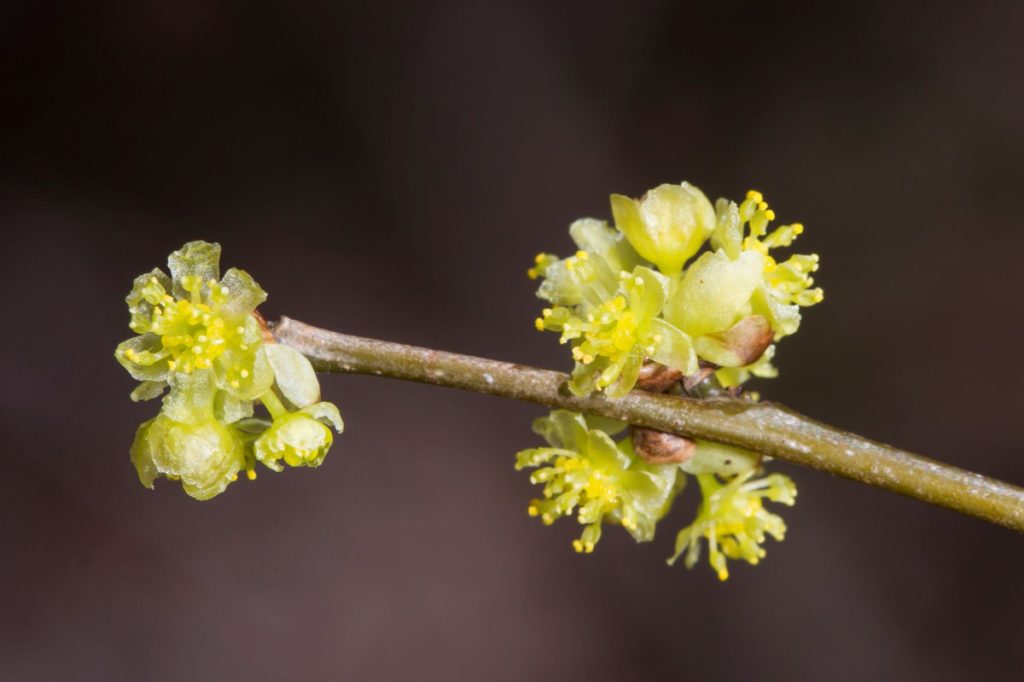
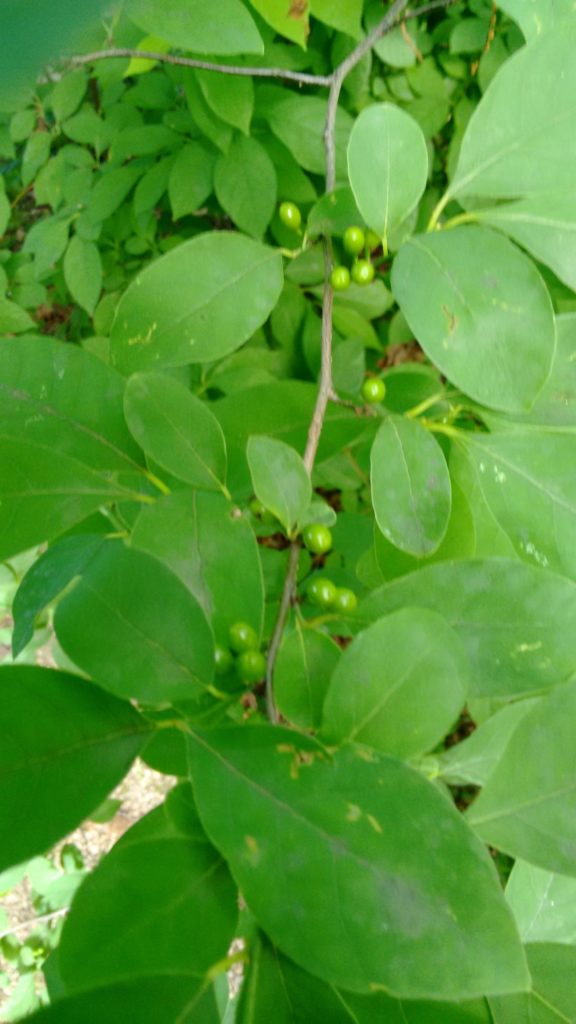
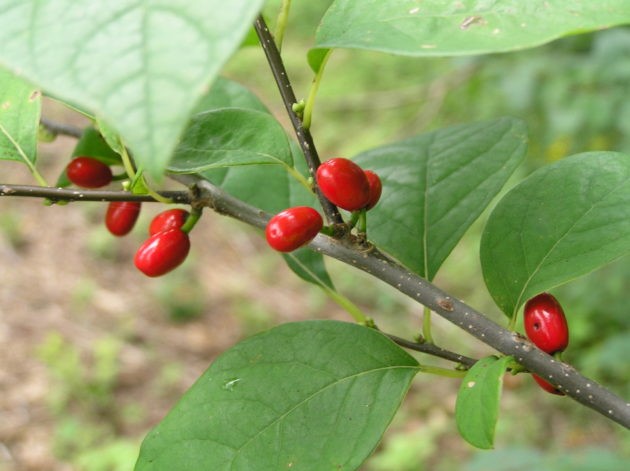
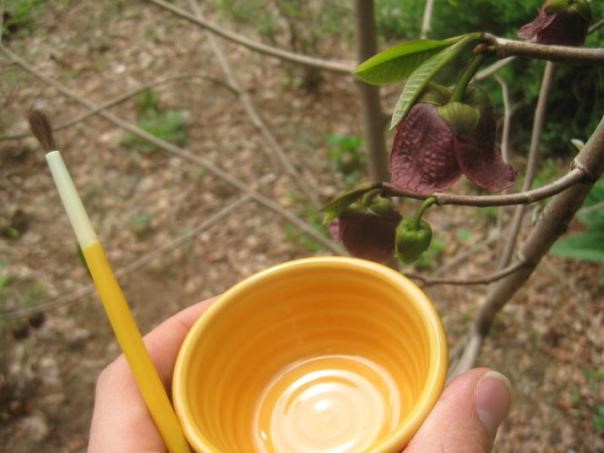
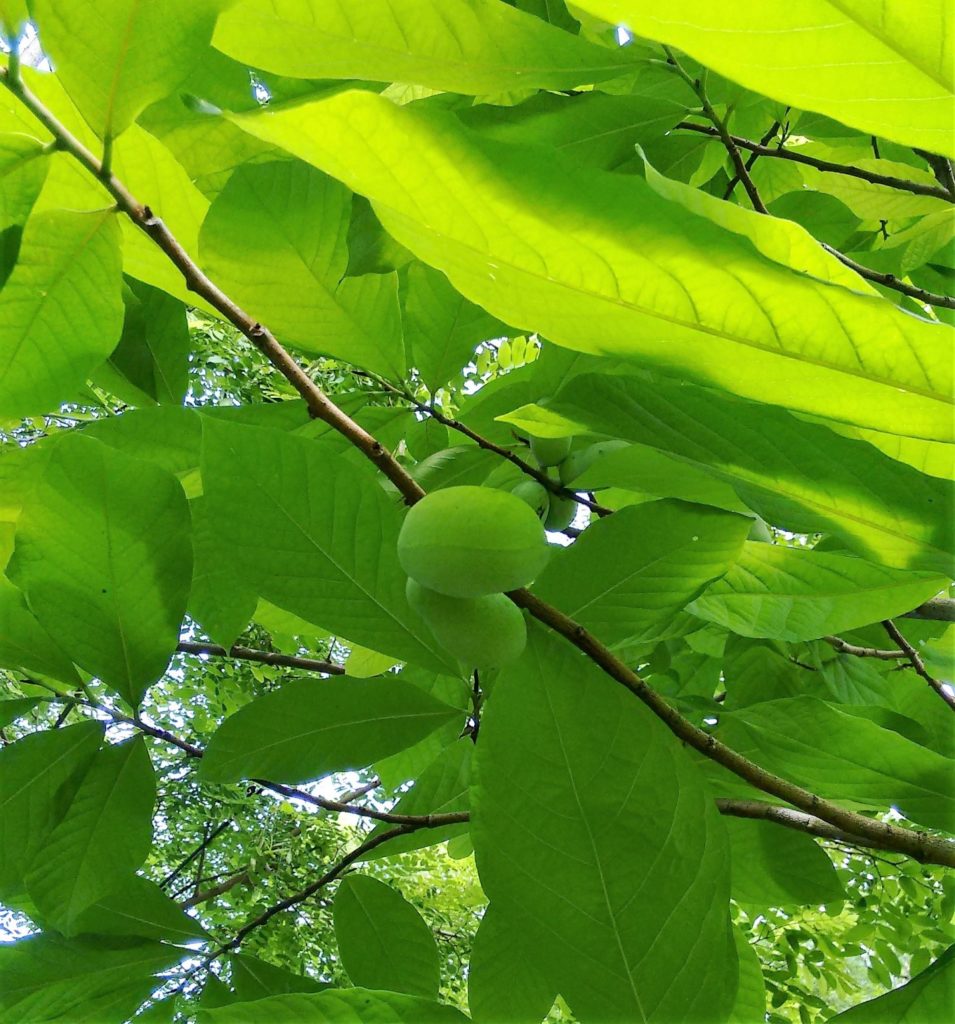
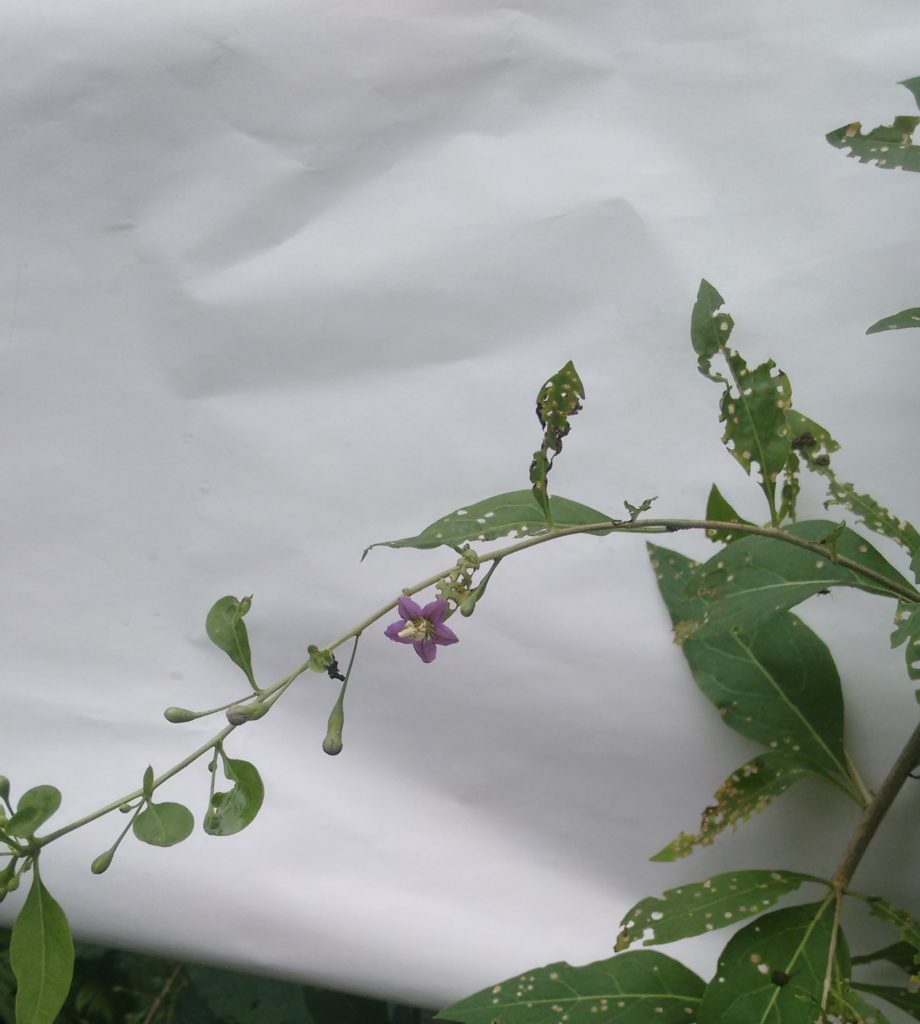
Tom, my Chinese Quince (Pseudocydonia sinensis) has many, many more fruits started this year than ever before. The deciduous hollies also had a prolonged bloom — I am hoping for lots of berries for the holidays.
Biggest change for our garden was zero blooms on the Kousa Dogwoods. Everything else – even some new trees – did very well. The Spikenard is huge!
Thanks for taking us into your garden with commentary and pictures. From a sideline position (fractured ankle) what I have noticed is: far more rabbits and chipmunks than ever!
Oh yes the fruit has been a real surprise–in quantity for sure. I have bushes of red currants that have never fruited before–and many more gooseberries than in past years. Pears–well they were overly productive last year, so we have a small crop now. Less for the squirrels, less for us. I picked gallons of black currants today and red currants–newer varieties are so much larger and more productive than the older ones I started with forty years ago. I am going to upgrade to all newer ones soon–especially for the currants.
I lot to process now–my kitchen is full of pots of fruit.